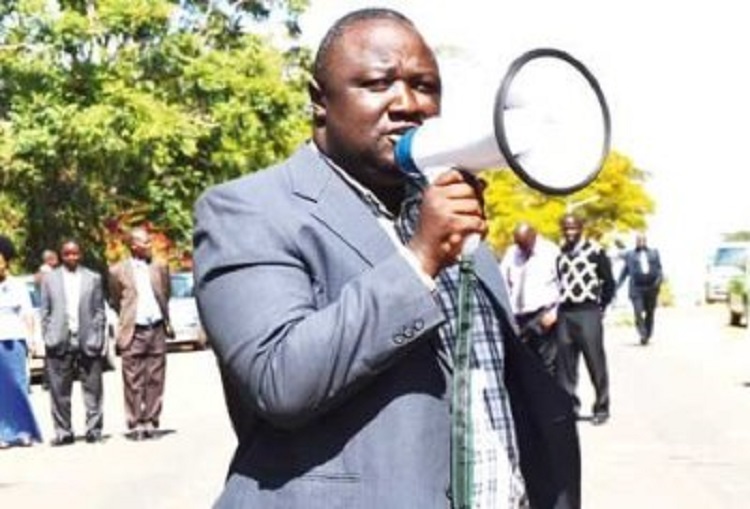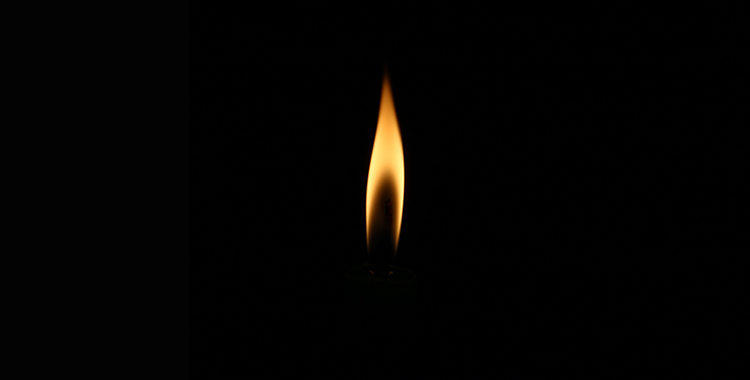By the time Libyan smugglers forced Marie-Michelle into a rubber dinghy towards Europe she had already fled terrorists, four conflicts, kidnappers, rapists and murderers.
But it was the journey over the Mediterranean Sea that claimed her two-year-old son’s life, in one of hundreds of disasters that have turned the route into the deadliest sea passage in the world.
Like many of the asylum seekers arriving on Italy’s shores, the 35-year-old mother did not set out to come to Europe but was forced to attempt the treacherous crossing to escape violence and chaos in Libya.
She said how she begged smugglers to let her return to neighbouring Algeria with her son and daughter before they marched her to a beach at gunpoint in the dead of night.
“They took us to a sort of hangar, I don’t know where it was,” recalled Marie-Michelle, a Christian from Cameroon.
“They told us to get on our knees and wait. There were a lot of men with guns and Kalashnikovs, pointing them at us.”
Smugglers were building flimsy rubber boats for the oncoming voyage, preparing to pack around 150 desperate migrants in each one, knowing they would sink long before completing the 300-mile journey to Italy.
When the boat was ready, Marie-Michelle pleaded with a gang member not to force her inside but “he told me ‘no, shut your mouth’.
“They were putting engines on the rubber boats and I just started praying – everyone was scared,” she said.
“They said one boat could carry 100 people but they kept on putting more and more people inside, there were people sitting on each other.”
Marie-Michelle, who did not want her surname published, said she carried her son and daughter as the boat was launched by a fellow migrant forced to steer the engine.
They had no life jackets, food, water, telephones or means of calling for help when the water started coming in as dawn broke.
The mother described how men tried to bail out the dinghy with their hands and clothes but it continued seeping in through poorly made seals, eventually causing the boat to violently lurch into the sea.
Some migrants fell into the water and others jumped, Marie-Michelle said, adding: “They said they were going to die and preferred to do it by themselves.”
Despite suffering from a fever, she managed to stay in the sinking dinghy clinging on to her children, until the remaining engine fuel mixed with seawater and started causing excruciating chemical burns.
Marie-Michelle was struggling to keep her crying daughter’s legs out of the water and made a desperate attempt to put her on a higher part of the dinghy.
“I gave my son to a man who was next to me, I asked him to hold him just for a minute while I moved my daughter,” she said.
“I turned back and he was in the water with my son. I wanted to jump in the water and save him but if I did my daughter would die.
“Everyone was screaming, screaming like animals. I had to make a choice, I let him die. He drowned in front of me.”
Marie-Michelle broke down while recounting her loss at a rehabilitation centre for migrants in Catania, Sicily.
She waited for two-and-a-half hours before being rescued and taken to hospital for severe fuel burns, for which she is still having treatment alongside psychological care.
Her surviving daughter, Samuela, was playing with Médecins Sans Frontières (MSF) staff in the sunshine, just young enough to forget the trauma.
Marie-Michelle’s journey started in 2009, when Islamist militants from Boko Haram invaded her village in northern Cameroon, kidnapping and killing her husband, father and relatives.
She escaped to neighbouring Nigeria with a group of refugees but found the terrorist group, which would later affiliate itself with Isis, rampaging there as well.
After meeting a new partner, Marie-Michelle journeyed on to Mali and found peace for a short time by starting a restaurant and having her daughter in the capital of Bamako.
But then the country’s civil war “exploded” and they fled onwards to Algeria only to be repeatedly turned back at the desert border until she gave birth to her son.
As other women starved and died in the desert, Marie-Michelle was given a hospital bed for a short time until authorities threw her in prison – with her infant son – for being an undocumented migrant.
She was eventually offered refuge by a local Catholic church and returned to her partner and daughter, but said her family was harassed by authorities and neighbours in Algiers who “didn’t like anyone with a black face”.
“I feared for my children, they could not even go out in the street because someone could just take you,” she said.
“I heard about a lot of people who made it to Europe and said in Italy you can find peace and your children can go to school.”
Marie-Michelle’s partner refused to leave Algeria so she paid €750 (£665) to cross into Libya with her son and daughter, unaware of the violence and lawlessness continuing in the wake of its civil war.
After a week-long journey through the desert, they were delivered to a militia by an Algerian smuggler who had promised the payment would take the family all the way to Italy.
Instead, they were put in a desert camp “in the middle of nowhere” where women were raped, people were starved, children were beaten and men were forced to work at gunpoint as modern slaves.
Marie-Michelle was given only saltwater to drink, with her and her children suffering from diahorrea and passing blood for months as others fell ill and died around them.
“They had no mercy, not even for children,” she said. “The Libyans forced my son to smoke drugs, a two-year-old child. They raped women in front of me, they took them away and brought them back, they gave them STIs.”
She warned other sub-Saharan Africans, who make up the bulk of migrants now arriving in Italy, not to “even try” working in Libya or travelling through the country.
“When you arrive in Libya, all hope is lost,” Marie-Michelle said. “You don’t know where your money has gone because the person you paid is not there anymore and you don’t know where your money ended up.
“You don’t know if they’re going to kill you, or send you back, or let you leave. There is no hope.”
Luca Salerno, MSF’s project coordinator on the Aquarius ship, said rescuers are hearing similar accounts from Libya “more and more”.
He treated a group of Pakistani men who were kidnapped and sold to four different militias in Libya and tortured for money, being forced on a boat when their families could pay no more.
“Despite the winter conditions, despite the agreements between Italy and Libya, the flow of migrants is not stopping,” Mr Salerno said.
“Before, people were going to Libya for work but now it is a lawless country and they are crossing the Mediterranean to escape.”
He accused the EU of choosing to “hide rather than solve” the crisis by striking deals with the country’s fragile Government of National Accord and empowering coastguards to force migrant boats back to shore in violation of international law.
Despite increasingly violent attempts to stop smuggling and fighting breaking out in some coastal hubs, Libya remains the dominant launch point for migrant boats reaching Europe.
According to UN figures, 171,300 migrants mostly from Nigeria, Syria and Guinea made the crossing in 2017, with at least 3,081 dying in the attempt during the same period.
On Saturday, the Italian coastguard recorded the first disaster of 2018, after finding the bodies of eight migrants in a boat off the coast of Libya.


.jpeg&w=60&q=100&h=60)









